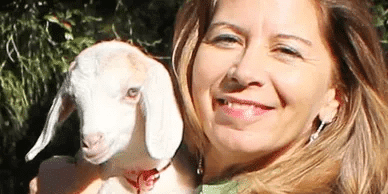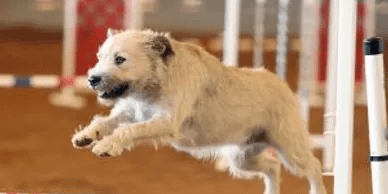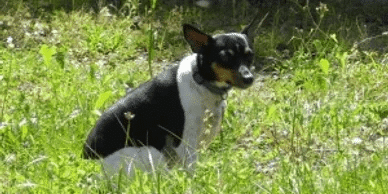My niece MC has a new puppy. His name is Carter. At five months of age, he already weighs over fifty pounds. He is going to be a BIG dog. Up until recently, my niece feared that he would be a jumping-up, unruly, snapping-turtle of a dog.
My niece and her son tried, but not knowing how to work with Carter, they resorted to chasing him around the house, calling his name over and over when he didn’t comply, and keeping their hands and arms away from his always-open alligator mouth.
It wasn’t their fault. With everything that’s been going on lately, taking Carter to puppy class has been out of the question, and because of Covid, there is a months-long waiting list to get someone to come to the house for a personal training session. Puppy-training class is more about training the humans than it is about training the dog, and they hadn’t had a chance to do that yet.
When I went to be with my sister in the last days of her life, I was able to work with Carter. (And more important, I was able to work with my niece and her son.) Carter is a very smart puppy who is eager to please, but he wasn’t sure what was expected of him. He needed someone to take charge and inform him of his duties.
I asked Carter who in the household was in charge of him. He answered quickly: Raina. (She is my sister’s little min-pen, who like many small dogs, has some impulse-control issues of her own.) Carter said that my niece MC is like a sibling to him, and that she enjoys being jumped-on and gnawed on. My niece’s son is like an older dog: not a sibling, not an Alpha, but something in-between.
The two cats were also viewed as siblings, but for some reason Carter couldn’t understand, they didn’t like to play. It hurt his feelings that they hid behind the furniture when he tried to play with them. He longed to form a relationship with them, but he didn’t know how to turn that dynamic around.
In just a few days, we all worked together to show Carter how to be the good dog he is capable of being. He was happy and eager to learn, and in less than a week, I left knowing that my niece and her son will make sure that Carter becomes the fantastic dog he was born to be—a pleasure to all and a nuisance to none.
It took less than two minutes to teach him not to snap when given a treat. Less than five minutes to teach him to release something he was holding in his mouth. Less than ten minutes to teach him to lie quietly beside the cat he wanted to get to know. It took only one effective reprimand from each of us to stop him from jumping up, but each person had to tell him separately that they didn’t welcome that behavior.
People often think it’s mean to tell a dog no or to teach him to respect boundaries. But here’s what’s mean: to allow an enthusiastic puppy to grow into an uncontrollable dog. Because for many dogs, that training becomes a death sentence. And to be clear, if you have a puppy, you are training it how to be a dog. Every minute, you’re training that puppy how to be, how to act, and how to interact. Not-training IS training—just not the right kind.
I’ve talked to more than my fair share of dogs who were about to be euthanized because they’d been allowed to become dangerous through no fault of their own. Each one of them was sad, depressed, and confused. They had never been taught what was expected of them, and they had lived their lives in an increasing state of bewilderment, confusion, and fear.
When I asked each of these dogs what they needed, most of them said they needed to be relieved of their tormented minds and bodies that were often ruled by instinct rather than logic. By this point, they were afraid of themselves and what they might do. All they’d ever wanted was to be a good dog, but no one had taken the time or expended the effort to teach them.
Carter could have been one of those dogs. But because my niece and her son have made the commitment to guide him, he is now assured the happy life of a treasured companion who knows his place in the pack.
Doesn’t every dog deserve that?
If you have a new puppy (or know someone who does), please download/share this link: How to Train Your New Puppy. It’s not a substitute for a puppy-training class, because training with other dogs and humans is a vital experience for a number of reasons. But until then, this will help you to avoid the most common pitfalls. I’d also love to hear your puppy training experiences, successes, and woes on the forum: https://community.babettedejongh.com










